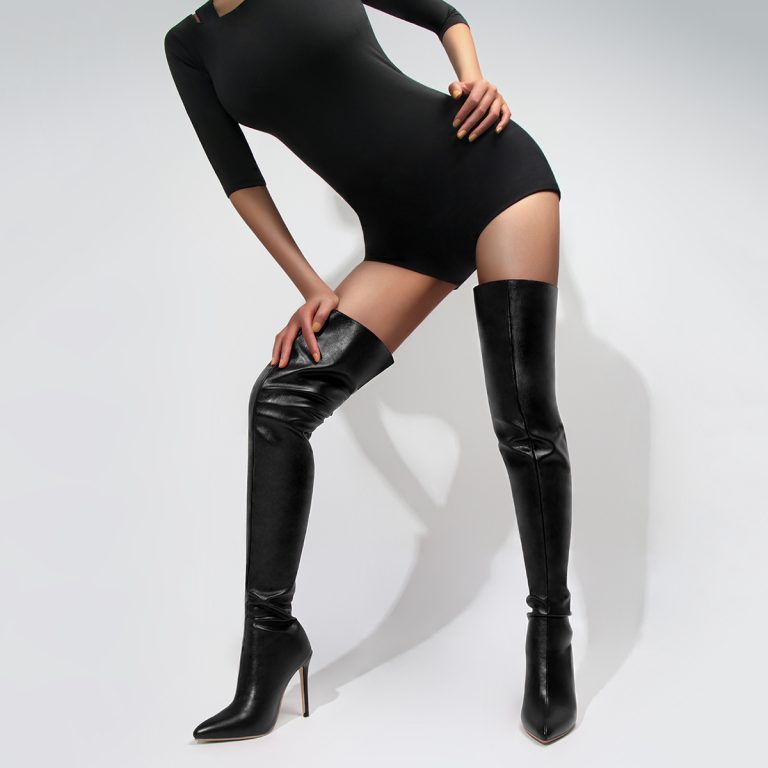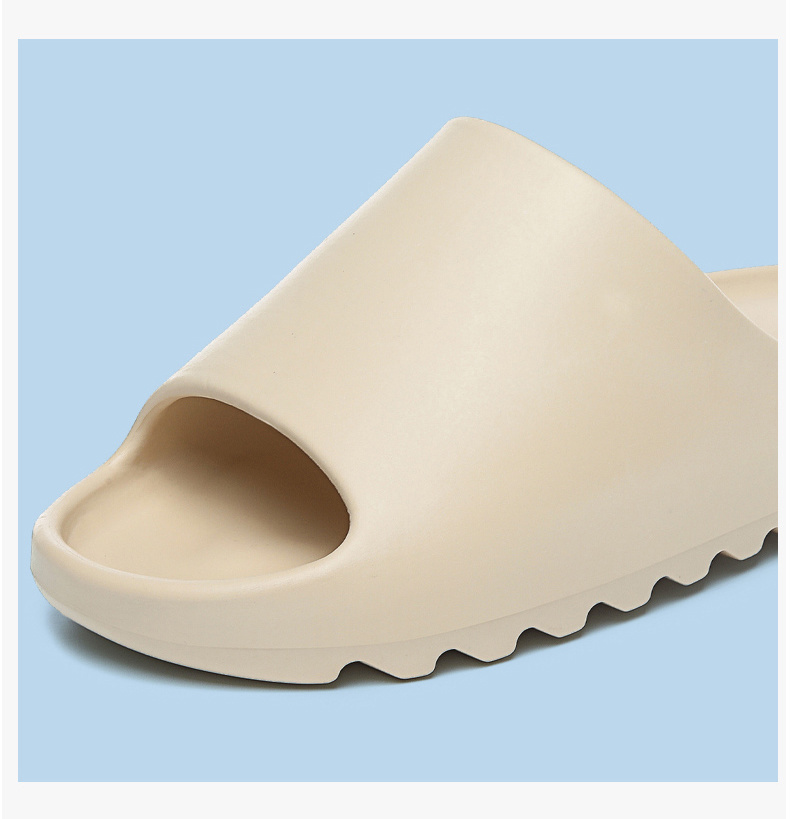Introduction: The Appeal and Concerns of High Heels for Children
The use of high heels for kids has sparked debate and controversy in recent years. While some parents view kids’ high heels as a harmless fashion statement or a fun way for young girls to emulate adults, others express concerns about the potential health and developmental implications of such footwear. This article aims to explore the topic of high heels for kids, shedding light on the reasons behind their popularity, the associated risks, and the considerations for parents when it comes to allowing children to wear high-heeled shoes.
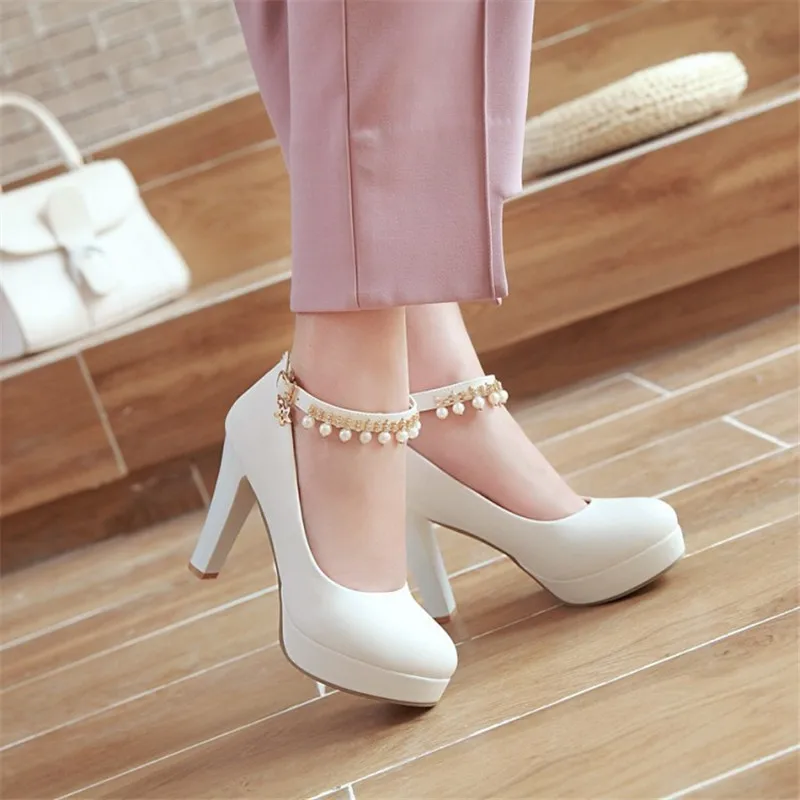
The Appeal of Kids’ High Heels: Fashion, Fun, and Role Modeling
The allure of high heels for children can be attributed to various factors, including fashion trends, playfulness, and the desire to imitate adult role models. In today’s fashion-conscious society, children are exposed to a wide array of stylish clothing and footwear options, and high heels are often marketed as glamorous and sophisticated. For young girls, wearing high heels may provide a sense of empowerment and make them feel grown-up and elegant, especially when they see adults, celebrities, or characters in media wearing similar footwear. Furthermore, high-heeled shoes are commonly associated with dress-up play and pretend activities, allowing children to explore different roles and express their creativity through fashion and imagination.
Potential Health Risks and Developmental Concerns: Impact on Growing Bodies
Despite the appeal of kids’ high heels, there are valid health and developmental concerns associated with wearing such footwear at a young age. One primary concern is the impact of high heels on the musculoskeletal system and overall physical development. The immature structure of children’s feet, ankles, and legs may not be equipped to handle the strain and altered posture caused by high heels, potentially leading to discomfort, muscle fatigue, and an increased risk of injuries. Additionally, regular use of high heels during crucial stages of growth and bone development could potentially affect the natural alignment of the spine and contribute to long-term issues with posture and gait.
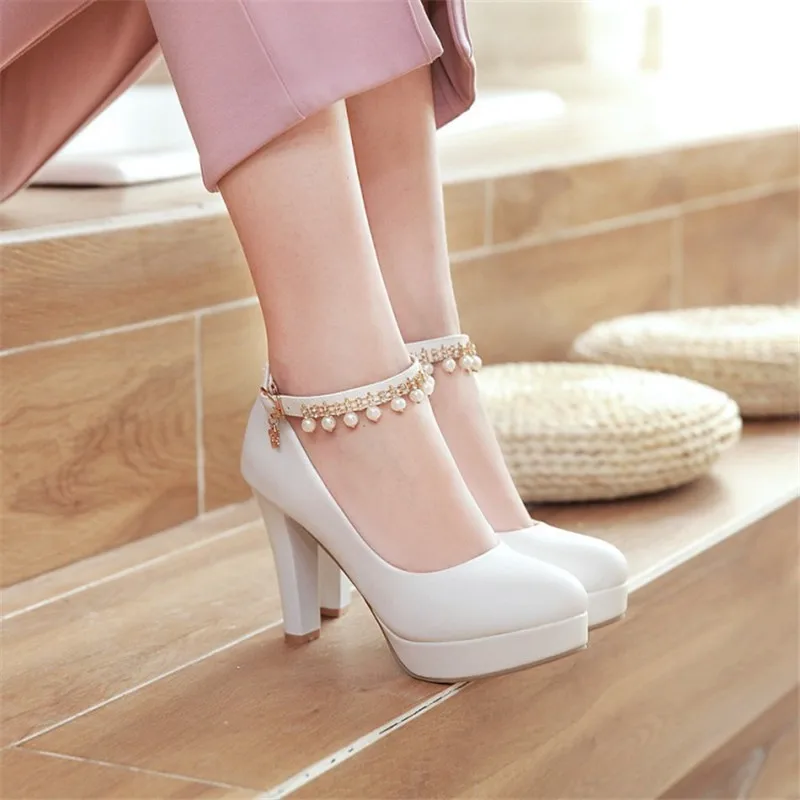
Considerations for Parents: Balancing Style, Safety, and Comfort
For parents evaluating whether to allow their children to wear high heels, striking a balance between style, safety, and comfort is essential. It is important for parents to consider the age of their child, the frequency of heel usage, and the specific activities during which high heels will be worn. Younger children, whose bodies are still developing, may be more susceptible to the adverse effects of wearing high heels and should be provided with suitable alternatives that prioritize comfort and support. Parents can encourage open communication with their children about the potential drawbacks of high heels and help them explore diverse styles of footwear that align with both fashion preferences and physical well-being.
Guidance for Selecting Kids’ High Heels: Emphasizing Fit, Function, and Support
When choosing high heels for children, prioritizing proper fit, function, and support is paramount to minimize the risks associated with such footwear. Parents should opt for heels with lower heights and broader bases to provide more stability and reduce the strain on the feet and ankles. Additionally, selecting shoes with cushioned insoles, arch support, and adjustable straps can enhance comfort and reduce the likelihood of discomfort and foot-related issues. It is crucial to prioritize the functionality of the shoes over purely aesthetic considerations, ensuring that the footwear supports the natural movement and development of the child’s feet.
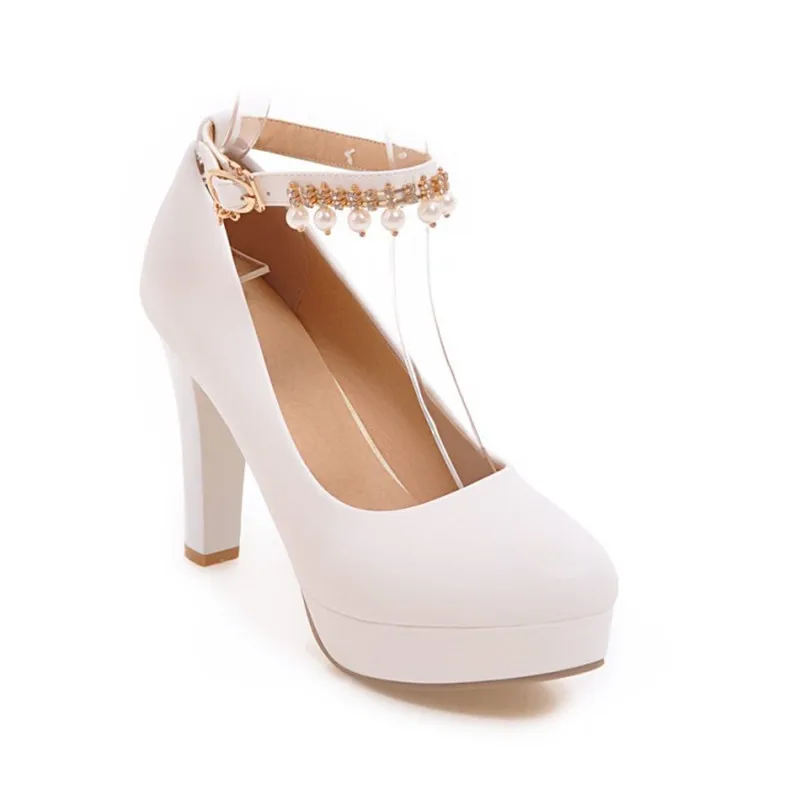
Educating Children About Foot Health: Promoting Awareness and Self-Care
In addition to guiding their footwear choices, parents can take the opportunity to educate children about the importance of foot health and self-care. Teaching kids about the anatomy of their feet, the significance of proper footwear, and simple exercises to strengthen their feet and ankles can empower them to make informed decisions about their footwear and overall well-being. Encouraging children to listen to their bodies, recognize signs of discomfort, and communicate their needs regarding footwear can foster a proactive approach to maintaining healthy feet and promoting a positive relationship with fashion and comfort.
Monitoring High Heel Usage: Setting Boundaries and Supervising Footwear Selection
To mitigate the potential risks associated with high heels, parents can establish guidelines and boundaries regarding when and where children can wear such footwear. Setting limits on the frequency and duration of high heel usage, particularly during physical activities or extended periods of standing, can help reduce the strain on children’s developing muscles and joints. Additionally, supervising the selection and fit of high heels, providing guidance on proper sizing and adjustment, and monitoring any signs of discomfort or issues related to wearing heels can ensure that children’s footwear choices align with their health and safety needs.
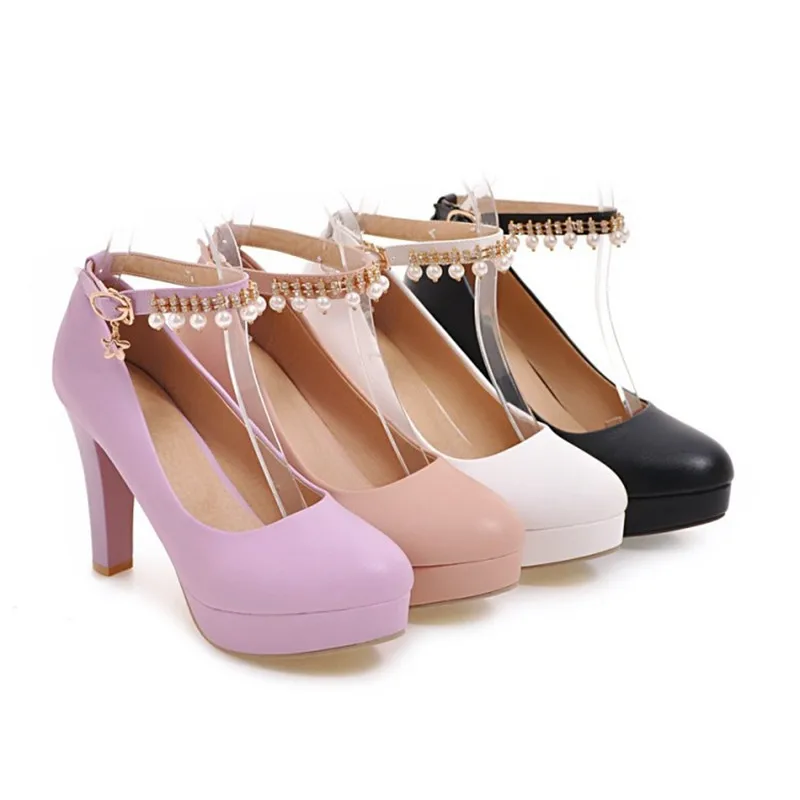
Seeking Professional Advice: Consulting Podiatrists and Pediatricians
In cases where parents have concerns about the impact of high heels on their child’s foot health and development, seeking guidance from healthcare professionals, such as podiatrists or pediatricians, can provide valuable insights and recommendations. These experts can assess the child’s foot structure, gait patterns, and overall musculoskeletal health to determine any potential risks or issues associated with wearing high heels at a young age. Based on their evaluation, healthcare professionals can offer personalized advice on footwear choices, exercises to promote foot strength and flexibility, and preventive measures to safeguard the child’s foot health in the long run.
Empowering Children’s Choices: Encouraging Individuality and Self-Expression
Ultimately, empowering children to make informed decisions about their footwear and style choices while prioritizing their well-being is key to fostering a positive relationship with fashion and self-expression. By involving children in discussions about the pros and cons of high heels, encouraging them to voice their preferences and concerns, and supporting their exploration of diverse footwear options, parents can nurture their children’s autonomy and decision-making skills. Emphasizing the importance of balance, self-care, and personal comfort in fashion choices can instill lifelong habits of mindful consumption and self-expression that prioritize both style and holistic well-being.
Embracing Diversity in Fashion: Celebrating Individuality and Inclusivity
As children navigate the world of fashion and personal style, it is essential for parents to celebrate diversity, inclusivity, and individuality in their children’s wardrobe choices. Encouraging children to express their unique personalities, explore different fashion trends, and experiment with styles that reflect their interests and values can foster creativity, confidence, and self-expression. By embracing a diverse range of fashion options that cater to various tastes, preferences, and body types, parents can create a supportive and inclusive environment where children feel empowered to embrace their authentic selves and celebrate the beauty of diversity in fashion and personal style.
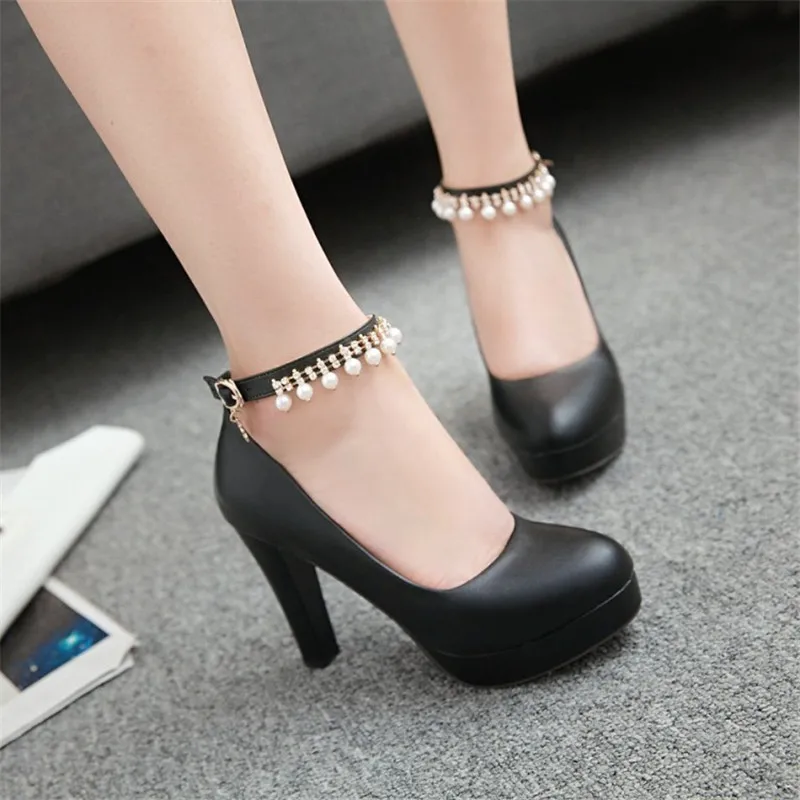
In conclusion, the topic of high heels for kids presents a complex landscape of fashion, health, and parental guidance. While high heels may hold allure for children in terms of fashion expression and role-play, parents must carefully weigh the potential health risks and developmental implications associated with such footwear. By considering the developmental stage of their child, emphasizing fit and support in choosing high heels, and fostering awareness of foot health, parents can navigate this terrain and guide their children towards balanced choices that prioritize both style and well-being. Ultimately, encouraging children to embrace diverse footwear options while remaining mindful of their physical comfort and safety can promote a healthy and holistic approach to fashion and self-expression from a young age.

